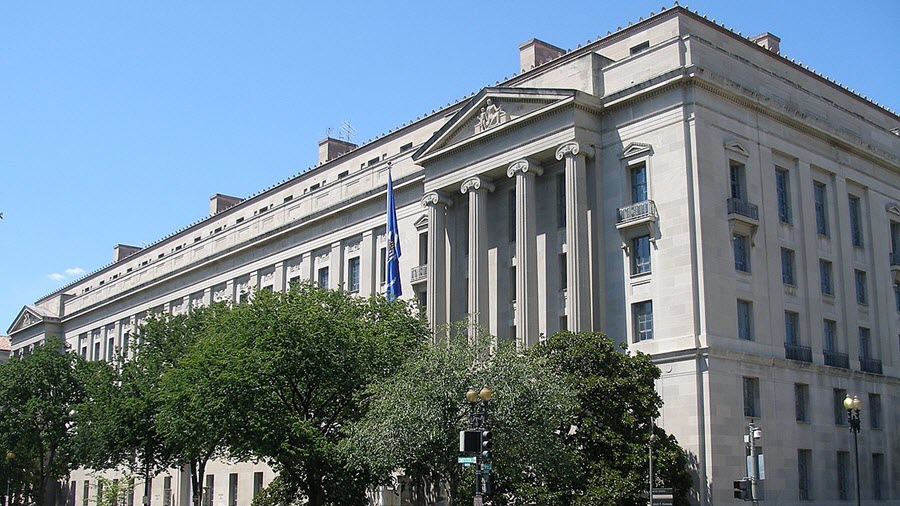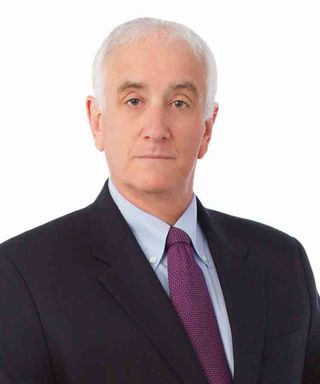In AT&T-Time Warner Case, DOJ Didn’t Know How The Winds Were Blowing

In his recent opinion in the latest incarnation of U.S. v. AT&T, U.S. District Court Judge Richard Leon rejected, in no uncertain terms, the U.S. Justice Department’s efforts to block AT&T’s acquisition of Time Warner and its programming networks. The transaction has now closed, and the government recently filed a notice of appeal.

The government’s case relied on a “program access” theory of harm having its roots in the 1980s and mid-1990s, when incumbent cable operators’ share of the multichannel video programming distributor (MVPD) market dwarfed their share today, and the cable industry was aggressively using program access strategies to respond to new competitive entry. The government’s increased-leverage theory of harm posited that the challenged merger would enable Time Warner’s Turner networks to extract greater prices from AT&T’s rival distributors for its content, resulting in increased costs to consumers that far eclipsed the merger’s efficiency savings.
The government seemed to ignore that the FCC has had program-access rules aimed at preventing the conduct that the government feared with respect to traditional MVPDs, and that Turner had offered a separate program access “arbitration” remedy to further prevent such conduct. The court also found that the realities of today’s program distribution market and the incentives of a combined AT&T belied the government’s theory, and that it was “exceedingly implausible” that the merger would increase the risk that AT&T would coordinate vertical foreclosure strategies with Comcast to hobble rival virtual MVPDs. Comparing the government’s economic model unfavorably to a Rube Goldberg contraption, the court observed that “in fairness to Mr. Goldberg, at least his contraptions would normally move a pea from one side of a room to another.”
The court also gave little credence to blanket statements by third-party distributors that their viability depended on whether they offer Turner programming, which the court found were contradicted by real-world examples from those witnesses. While vertical mergers are not invariably innocuous, here the government conceded pro-consumer benefits of at least $350 million annually, but failed to prove any net harm.
Outdated Arguments

The opinion makes clear that the government’s theories were for a long-ago day, and the acquisition was all about data mining, exploiting new advertising markets, maximizing affiliate revenue and driving broadband traffic. Thus, the court found that the legacy business model for MVPD distribution, based on a dual stream of subscription fees and advertising revenues generated from live, linear programming and gross eyeballs, is shifting to a market focused on data-driven, targeted advertising, with revenue from digital advertising reportedly now exceeding that for traditional television advertising.
Testimony indicated that pre-merger AT&T and Time Warner were unable to optimize the sale of focused advertising, which requires the gathering and mining of user information. Through the merger — for example, through the development of OTT offerings using Time Warner programming — AT&T would be able to develop scale sufficient to support a “programmatic advertising platform” that would “deploy its data to create a marketplace of data-informed advertising inventory,” gathering and using customer data to customize focused advertising. Of course, privacy concerns over tech company data gathering activities will no doubt follow AT&T and other distributors as they pursue these strategies.
AT&T’s strategy also got a significant boost from the FCC’s elimination of the 2015 Open Internet rules. For example, AT&T will now allow subscribers taking certain levels of its wireless service to stream its new WatchTV virtual MVPD service for free, which would have certainly faced scrutiny under the 2015 Open Internet rules. Also, congressional elimination of FCC broadband privacy rules adopted pursuant to the Open Internet decision removed a further regulatory barrier to AT&T’s use of customer data.
The first 40 pages of the opinion provide an excellent plain English distillation of the current state of the programming markets and the cutthroat negotiations between programmers and distributors. One key takeaway from the judge’s discussion is that from a competitive standpoint, there is no “must have” national programming, which is now a mere marketing term.
Overall, the opinion makes clear that the market is shifting away from traditional advertising markets based on linear, live programming and gross eyeballs to a market focused on data-driven targeted advertising, driving data usage and to the competition between wireline and wireless providers to be the broadband delivery method of choice. “[A] s Nobel laureate Bob Dylan correctly observed,” noted the court, “ ‘You don’t need a weatherman to know which way the wind blows.’”
Mark Palchick and Marty Stern are partners in the Communications, Technology & Media practice of law firm Womble Bond Dickinson in Washington, D.C.
Broadcasting & Cable Newsletter
The smarter way to stay on top of broadcasting and cable industry. Sign up below



